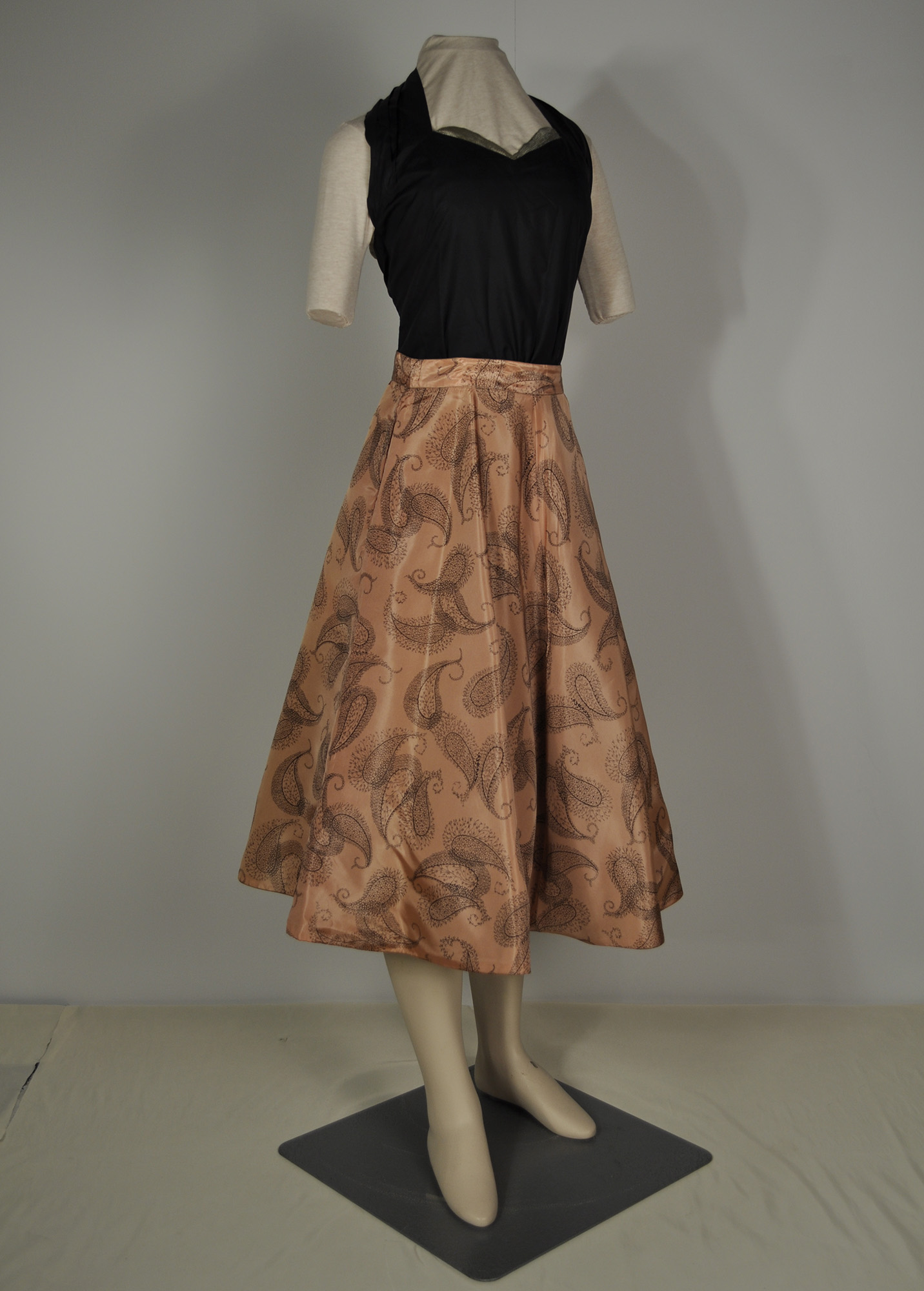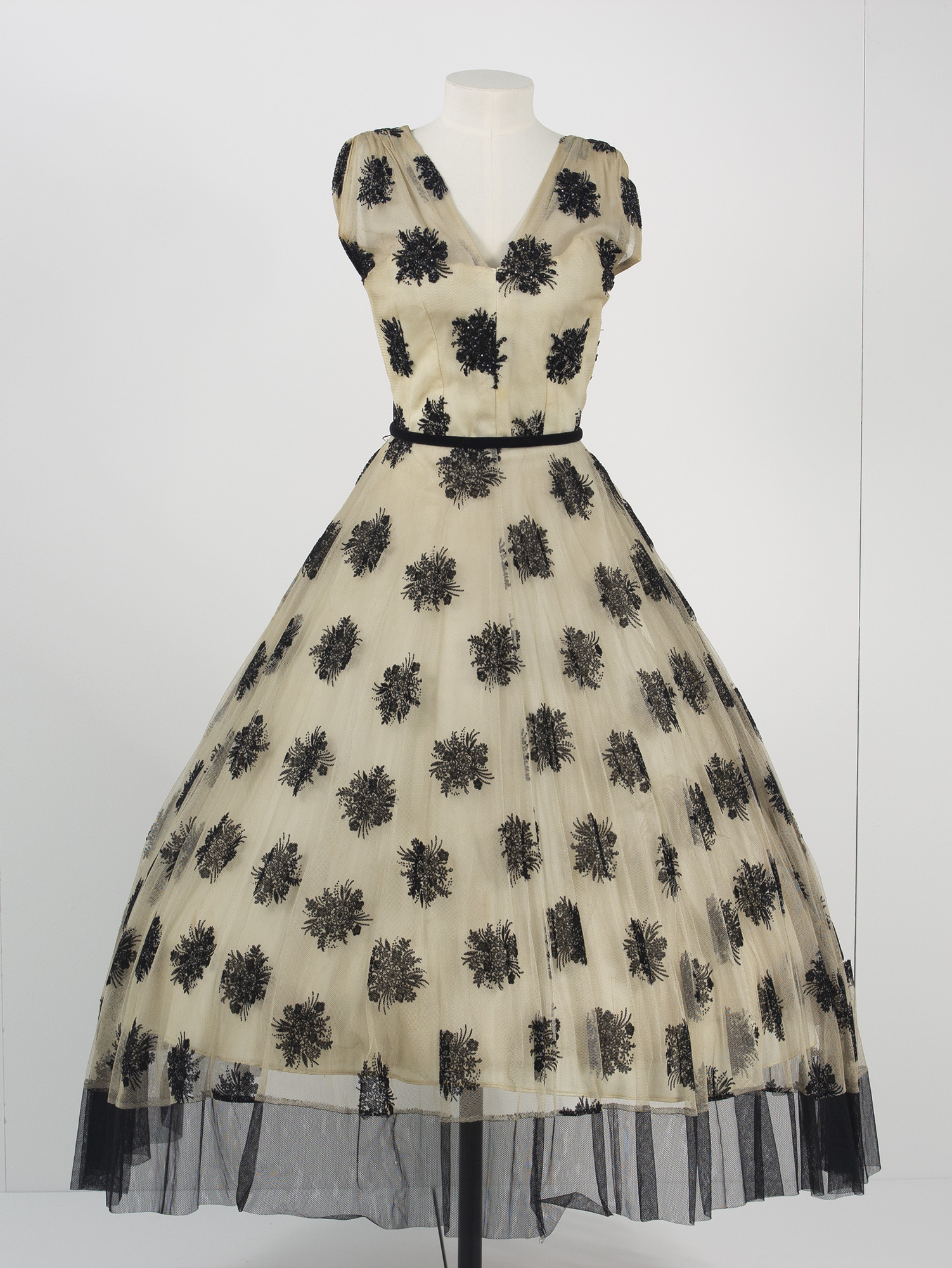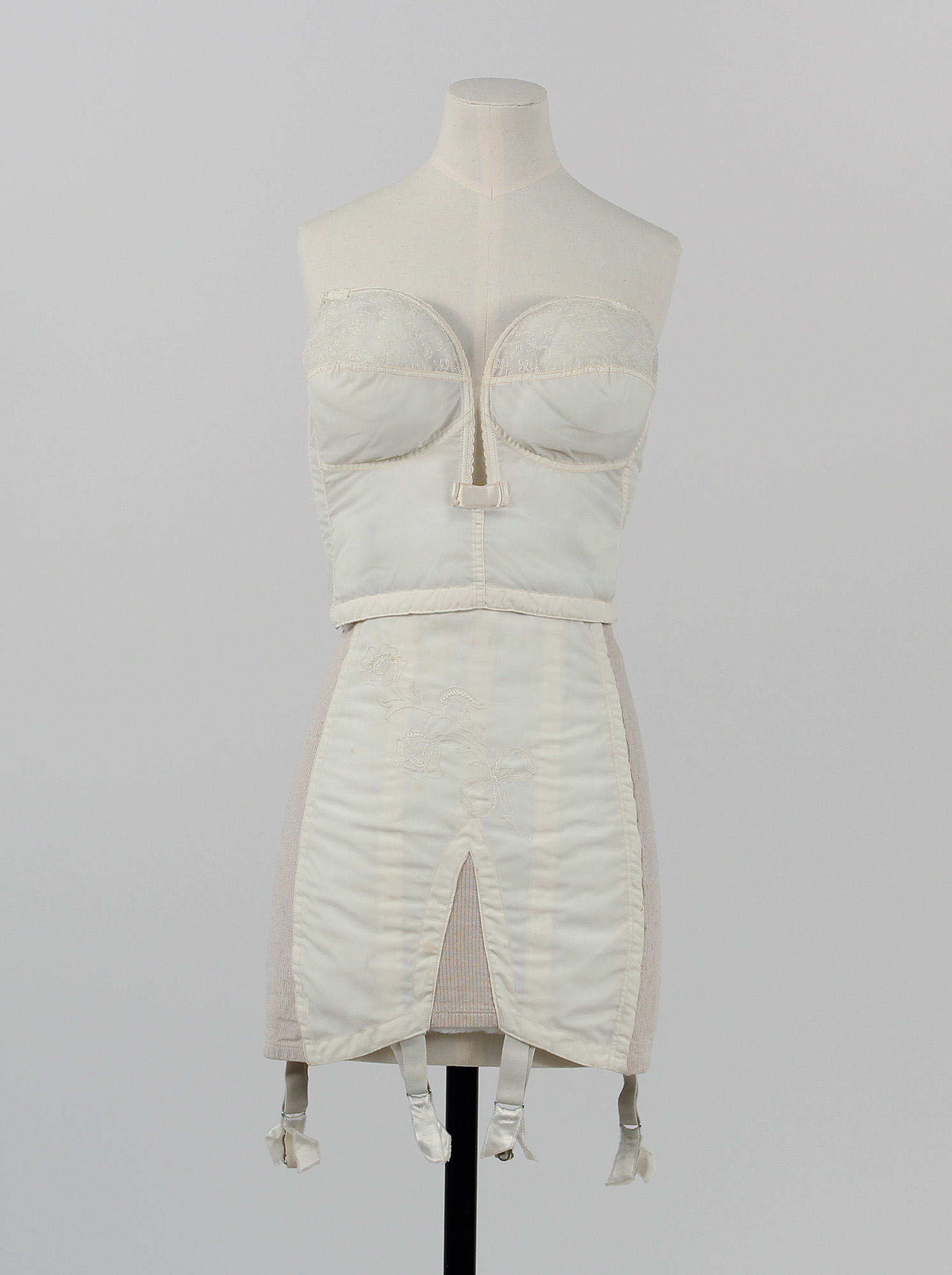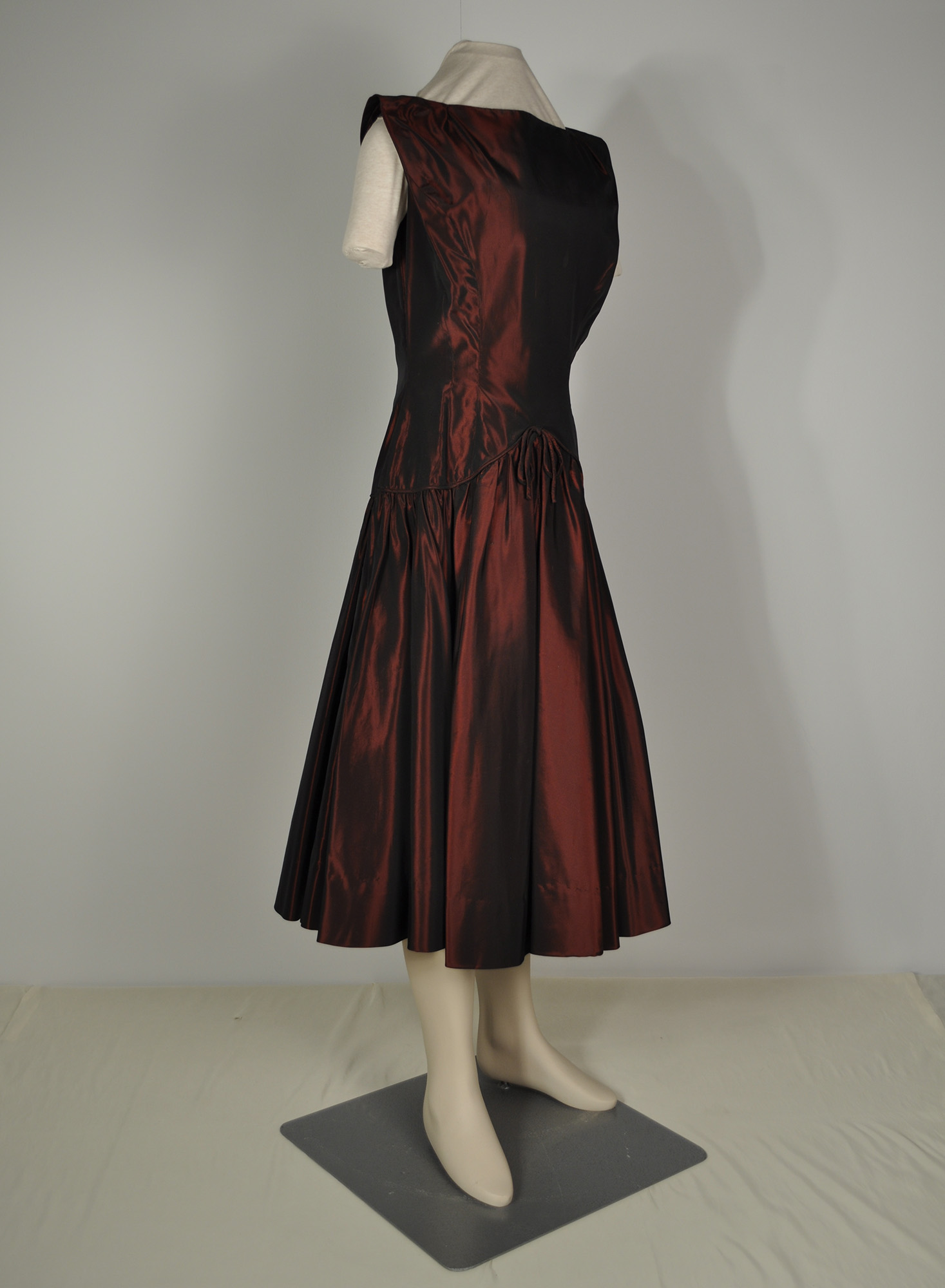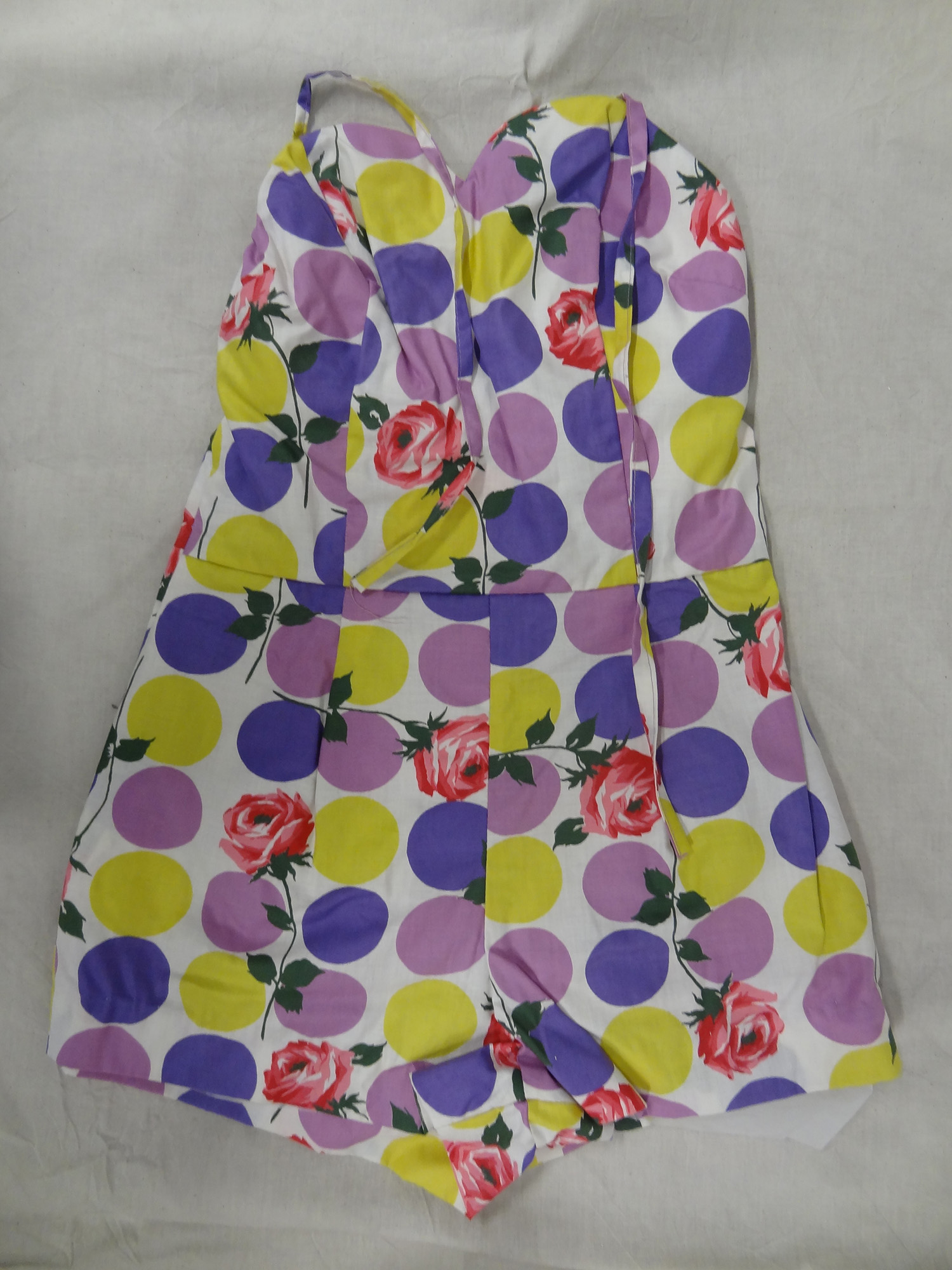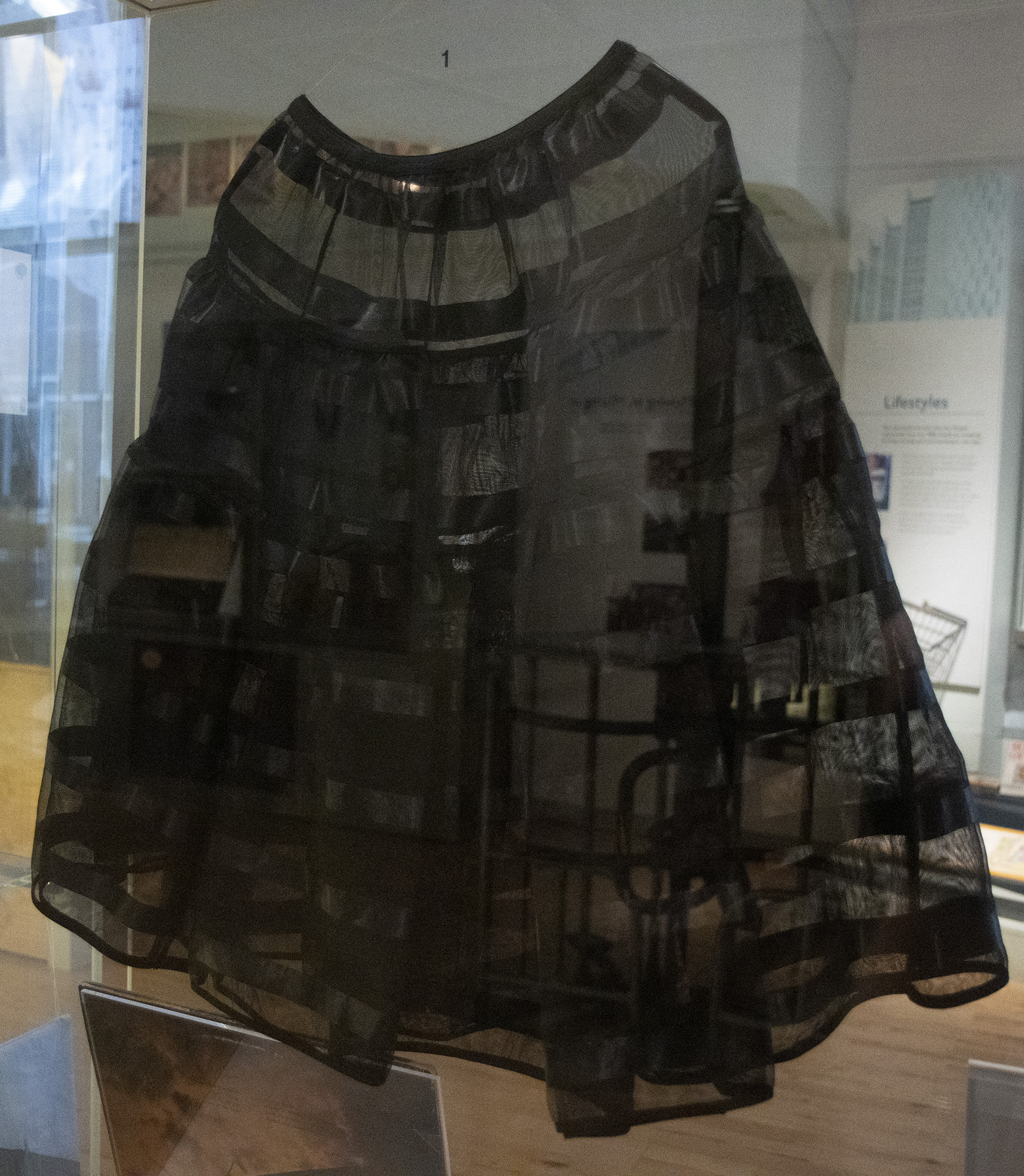Grown Up in the 1950s - Fashion
31 August 2022
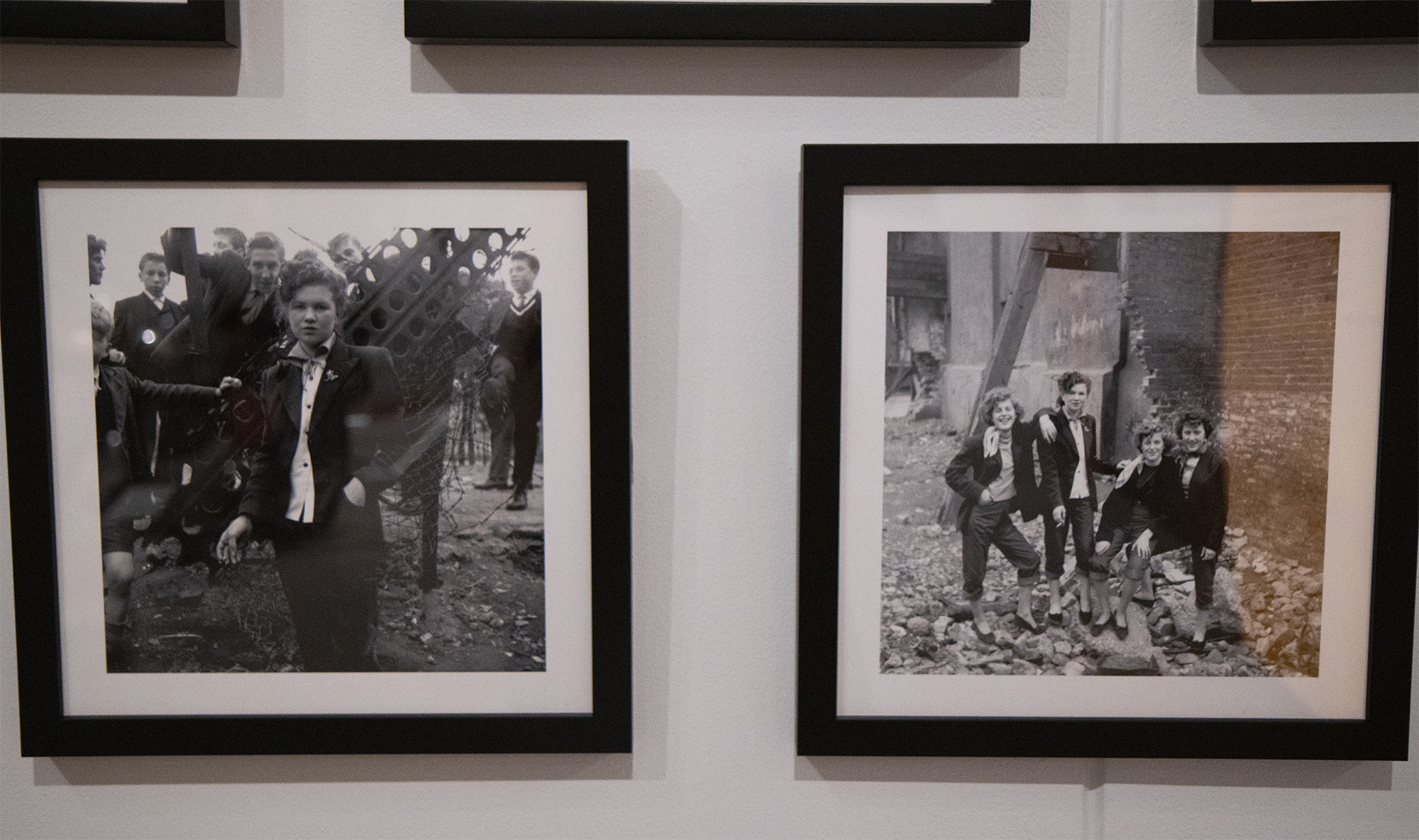
Framed photographs of Teddy Girls on display in Grown Up in Britain - original images credit Ken Russell / TopFoto
Discover how the "Teddy Boy" fashions of the 1950s pushed back against wartime austerity
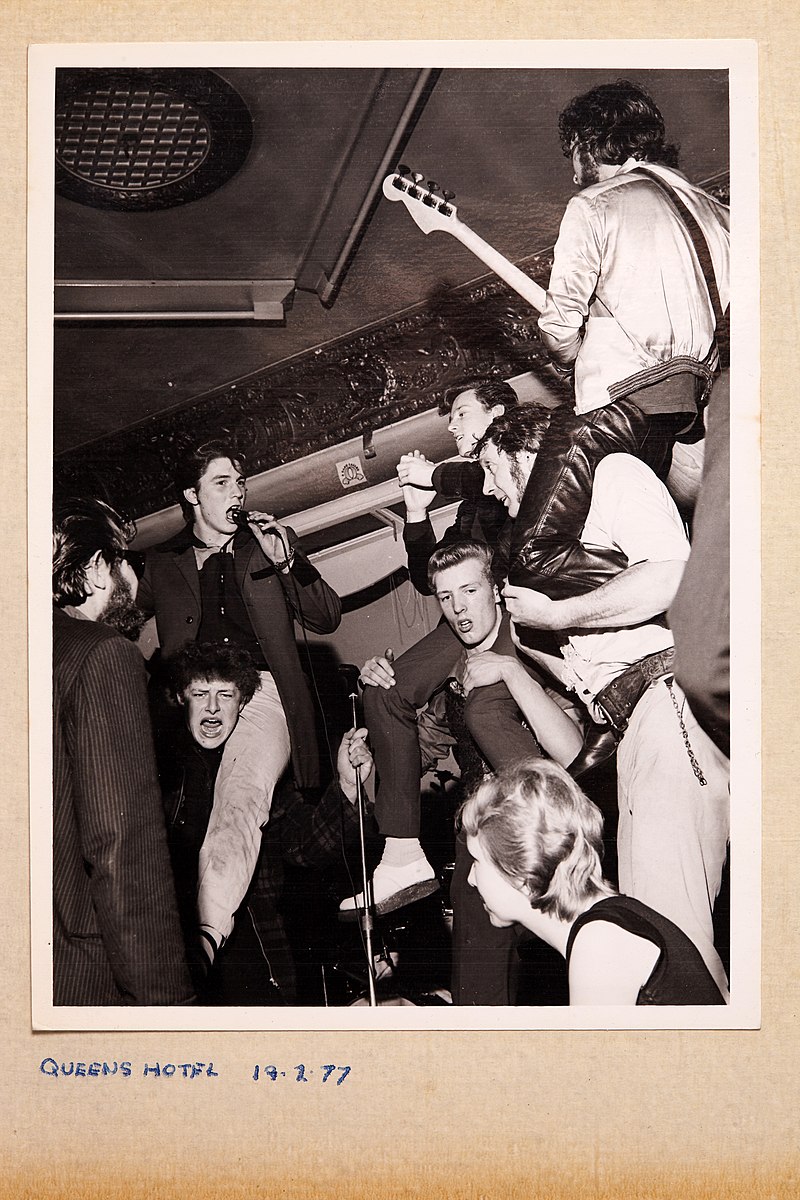 Alongside our Grown Up in Britain exhibition with the Museum of Youth Culture, we're exploring how young people in the UK have shaped their identities around music, fashion and more across the decades. This week, we're looking back at the "Teddy Boy" fashions of the 50s - the look that defined one of Britain's earliest youth subcultures.
Alongside our Grown Up in Britain exhibition with the Museum of Youth Culture, we're exploring how young people in the UK have shaped their identities around music, fashion and more across the decades. This week, we're looking back at the "Teddy Boy" fashions of the 50s - the look that defined one of Britain's earliest youth subcultures.
Following the end of post-war clothes rationing in 1949, the fashions of the 1950s represented a rejection of austerity, with Dior’s “New Look” signalling a return to more glamorous womenswear, while young men began to favour ostentatious outfits that harked back to the age of Edwardian dandies. Coined in a Daily Express report in September 1953, the term “Teddy Boys” was actually a shortened version of Edwardian.
One of the earliest clearly identifiable British youth subcultures, Teddy Boys had a reputation for rioting and wild behaviour, and moral panic about teenage gangs was quick to spread across the country.
Their outfits typically consisted of drape jackets, often trimmed with velvet, drainpipe trousers, often worn high to expose the socks, very narrow or Western-style cord bolo ties, brocade waistcoats and Oxford shoes, chunky brogues or crepe-soled “creeper” shoes. Hair was grown longer than in the last few decades, usually elaborately styled with Brylcreem into quiffs and pompadours – a pushback against the short military cuts that dominated during the war.
A major factor in the development of this style was an attempt by Savile Row tailors to reintroduce Edwardian-style clothing by selling it to returning soldiers in the form of “demob suits”. When the outfits proved unpopular with their target market, tailors were left with piles of clothing which were sold off cheaply to menswear shops in a bid to recoup losses.
Teddy Girls, meanwhile – sometimes known as Judies – also wore drape jackets, initially wearing them with pencil skirts, hobble skirts or rolled up jeans and flat shoes. Later in the decade, they began to adopt the circle skirts and ponytails favoured by American teens.
Another significant factor in the emergence of the subculture and its fashion was manufacturers’ growing recognition of teenagers and young adults as a huge and largely untapped market with big potential spending power. In fact, it was during the 50s that the term “teenager” itself really began to take hold.
Image: Teddy Boys at the Queens Hotel from the 1970s revival
From fashions to films, gadgets to snack foods, the 50s marked the beginning of brands actively targeting teens with products tailored to their wants and needs, as distinct from those of older adults or children. The rise of teen culture may have been a source of anxiety for the media and for older generations, but it was certainly profitable for many business-owners!
Beyond the Teddy Boys and Judies, developments in synthetic materials resulted in new kinds of clothes that were relatively cheap and readily available, with nylon stockings in particular becoming all the rage. Womenswear tended towards hourglass silhouettes, with fit and flare dresses or fitted blouses and skirts worn over shaping underwear, including girdles, petticoats and longline bras. At the same time, the conical cups of the popular "bullet bras" became increasingly exaggerated.
Take a look at some of the 1950s clothing from our collection below!
